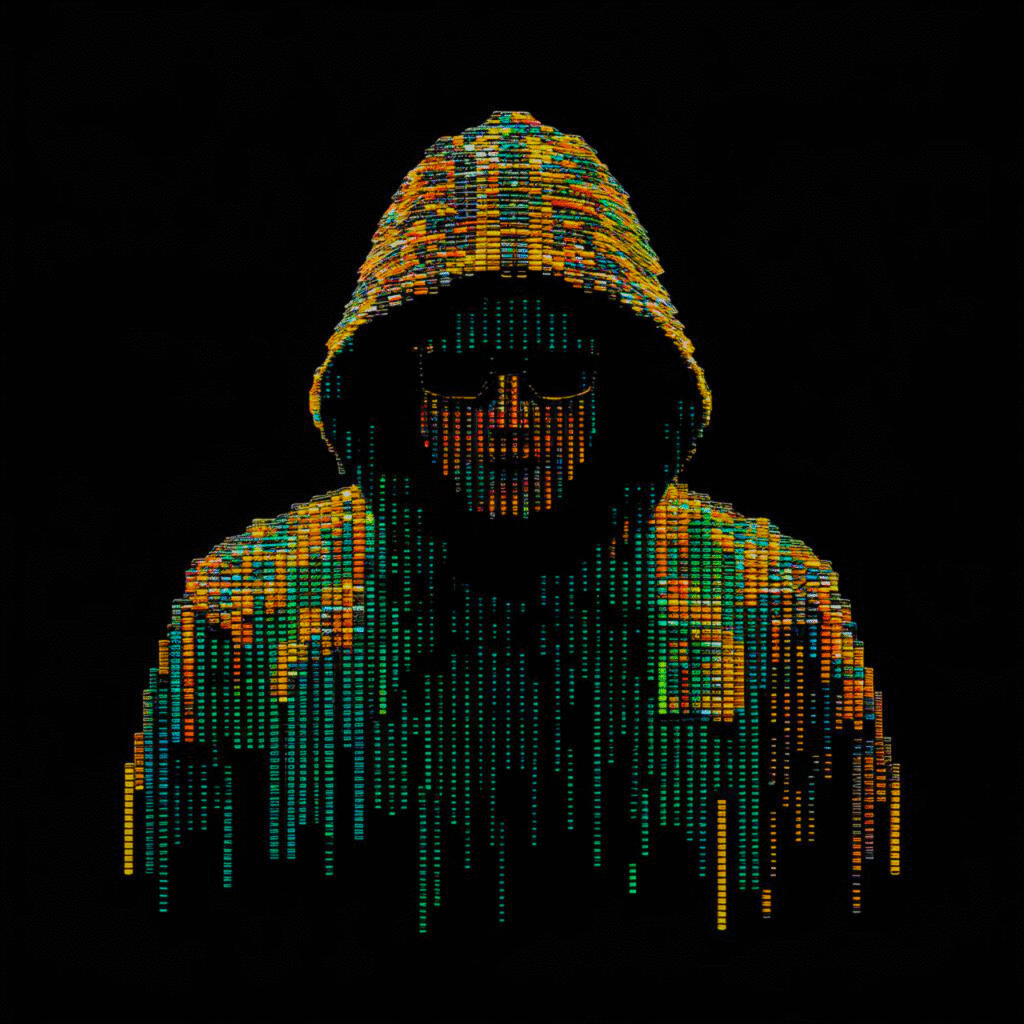Latest Blog and Articles

Top Cybersecurity Threats in 2025 and How to Protect Your Organization
Introduction
The digital landscape in 2025 presents new levels of opportunity—but also unprecedented risks. As businesses and governments become more digitally integrated, cybercriminals are leveraging advanced tactics to exploit vulnerabilities. Understanding the top threats is the first step toward defending your organization.
The Expanding Threat Landscape
Cybersecurity is no longer just an IT issue—it’s a business-critical concern. In 2025, threats are increasingly automated, intelligent, and difficult to detect.
- AI-Powered Attacks: Cybercriminals now use machine learning to craft highly convincing phishing emails and bypass traditional security systems.
- Advanced Persistent Threats (APTs): Sophisticated attackers infiltrate networks undetected for extended periods, often targeting critical infrastructure.
- Ransomware Evolution: New ransomware variants encrypt not just data, but entire systems, demanding higher payouts and causing greater disruption.
Vulnerabilities in Remote and Hybrid Work Models
With flexible work here to stay, unsecured home networks, personal devices, and poor cybersecurity hygiene have become key attack vectors.
Insider Threats and Human Error
Whether intentional or accidental, employee actions account for a significant percentage of data breaches. Weak passwords, phishing link clicks, and unauthorized data access remain critical vulnerabilities.
Securing Critical Infrastructure and IoT
From smart cities to connected manufacturing, critical systems are increasingly dependent on the Internet of Things (IoT). These devices often lack robust security protocols, making them ripe targets for attack.
Actionable Steps for Protection
- Conduct Regular Risk Assessments: Identify and prioritize vulnerabilities across your digital environment.
- Develop Strong Cybersecurity Policies: Clear, enforceable guidelines help reduce human error.
- Implement Multi-Layered Security Controls: Firewalls, intrusion detection systems, and endpoint protection are essential.
- Invest in Employee Training: Security awareness is your first line of defense.
- Perform Regular Penetration Testing: Simulate attacks to uncover hidden weaknesses.
- Strengthen Data Privacy Measures: Ensure compliance with data protection regulations.
Conclusion
Cybersecurity in 2025 demands a proactive, strategic approach. By understanding the threats and taking decisive steps to secure your organization, you can minimize risk and build resilience.
